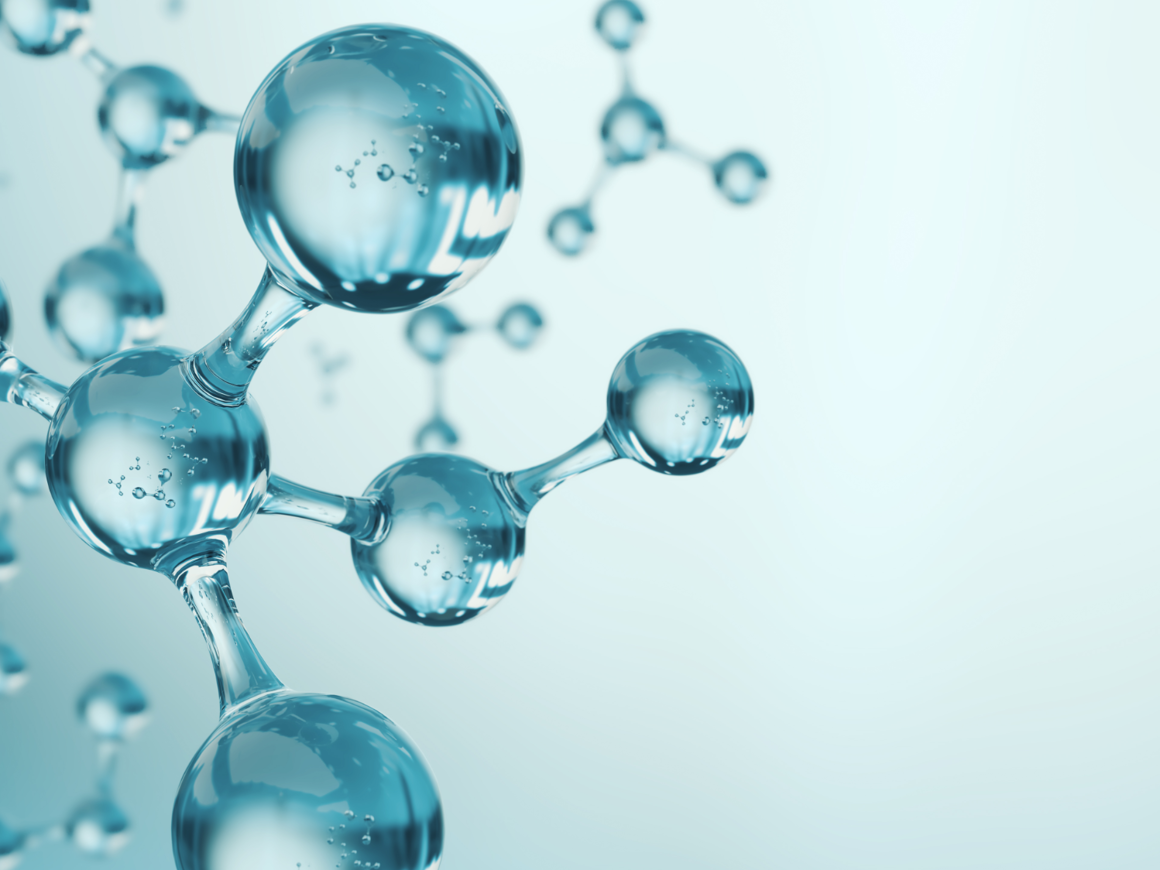Chemical catalysis
In process chemistry, the catalysis of a certain reaction can be mediated either by a biological or chemical catalyst. Enzymes and whole cells make up the biological group, while the chemical group can be said to include all non-enzymatic catalysts. Some reactions can be catalysed by both groups of catalysts, while the catalyst used is not interchangeable in other. The choice of catalyst depends on a number of factors, including the nature of the reaction, the substrate to be transformed, and the type of solvent used.
Catalysts
Hydrogenation, or the reduction of organic compounds, is often carried out in the presence of a transition metal catalyst, such as palladium. The metal catalyses the reaction by adsorbing the organic compound and hydrogen onto its surface. This weakens pre-existing bonds, which enables new bonds to form between the two reactants. As the overall rate of this catalysis depends on the metal surface area available, the metal is generally used in powdered form. To facilitate the procedure and maximize the activity of the metal, it is often adsorbed onto a high-surface material, with the most common support being activated carbon. Common substrates for hydrogenation reactions are alkenes, alkynes, aldehydes, ketones and esters. The hydrogen source for the reaction is often simply hydrogen gas. In transfer hydrogenation, which is common for homogeneous catalysis of polar substrates and a range of other applications, hydrogen-donor solvents such as isopropanol or formic acid are commonly utilized.
Organic reactions, such as esterification, etherification, alkylation and aldol reactions, are commonly catalysed by an acid or a base. This encompasses applications such as sugar conversion, fine chemical synthesis and the production of petrochemicals. By acting as a proton donor or proton acceptor, acids and bases can catalyse rate-determining proton transfers, and thus increase the overall reaction rates. Due to concerns regarding both environmental aspects and general reaction safety, solid acid or base catalysts are often preferred to their more corrosive and waste producing liquid counterparts. The main heterogeneous acid catalysts are solid phosphoric acid, ion exchange resins and protonic zeolites, while some examples of base catalysts include alkaline zeolites and salts, as well as ion exchangers, clays and oxides.
Rotating bed reactors
With the SpinChem® rotating bed reactor (RBR), the solid phase is kept in the four compartments of a rotating stainless-steel cylinder. As the RBR spins, solution is pushed through the filters of the cylinder and through the packed bed within by centrifugal forces. Simultaneously, new solution enters the RBR through the hole in the centre to subsequently be pushed through the bed, thus repeating the process. This allows every liquid parcel to do multiple passages through the bed, which can enable a faster process, higher yields and reduced reagent consumption. By increasing the rotational speed of the RBR, the process can be sped up without risking degradation of the solid phase, which is kept well-protected from mechanical forces. The SpinChem® RBR is suitable for a wide variety of applications, with resins ranging from hard glass beads and ion exchangers to activated carbon and soft bio-polymer particles.















